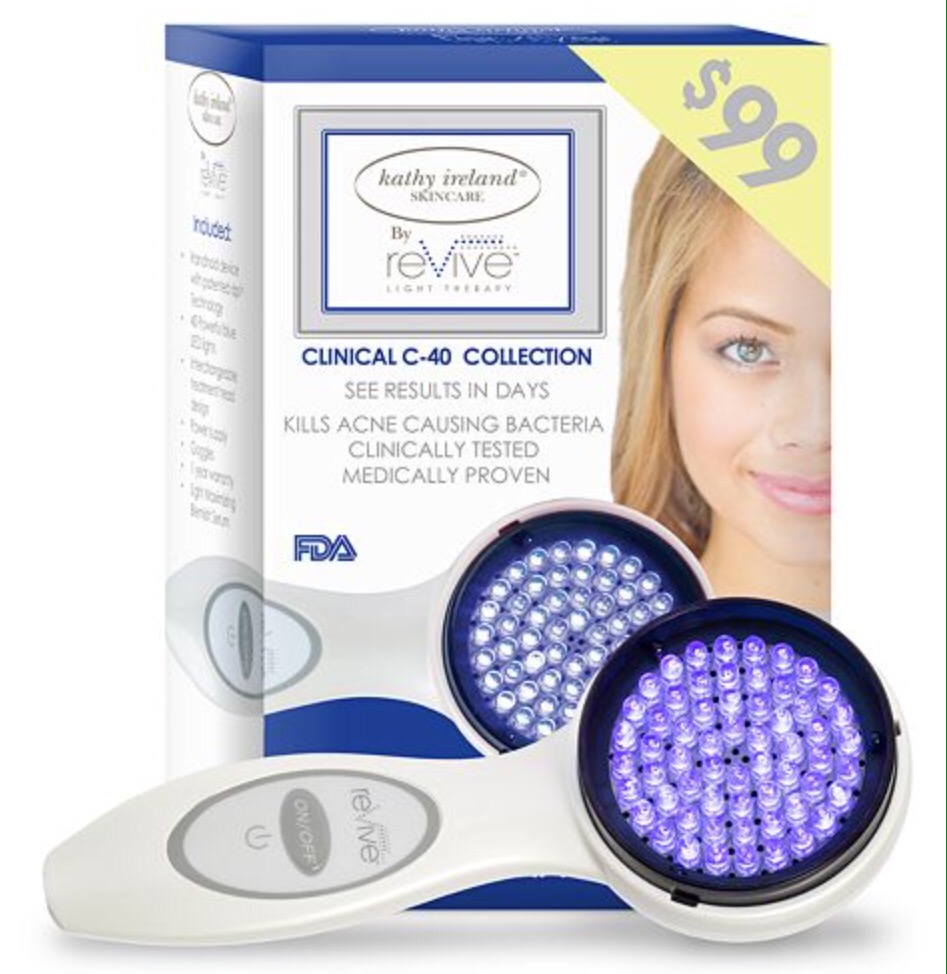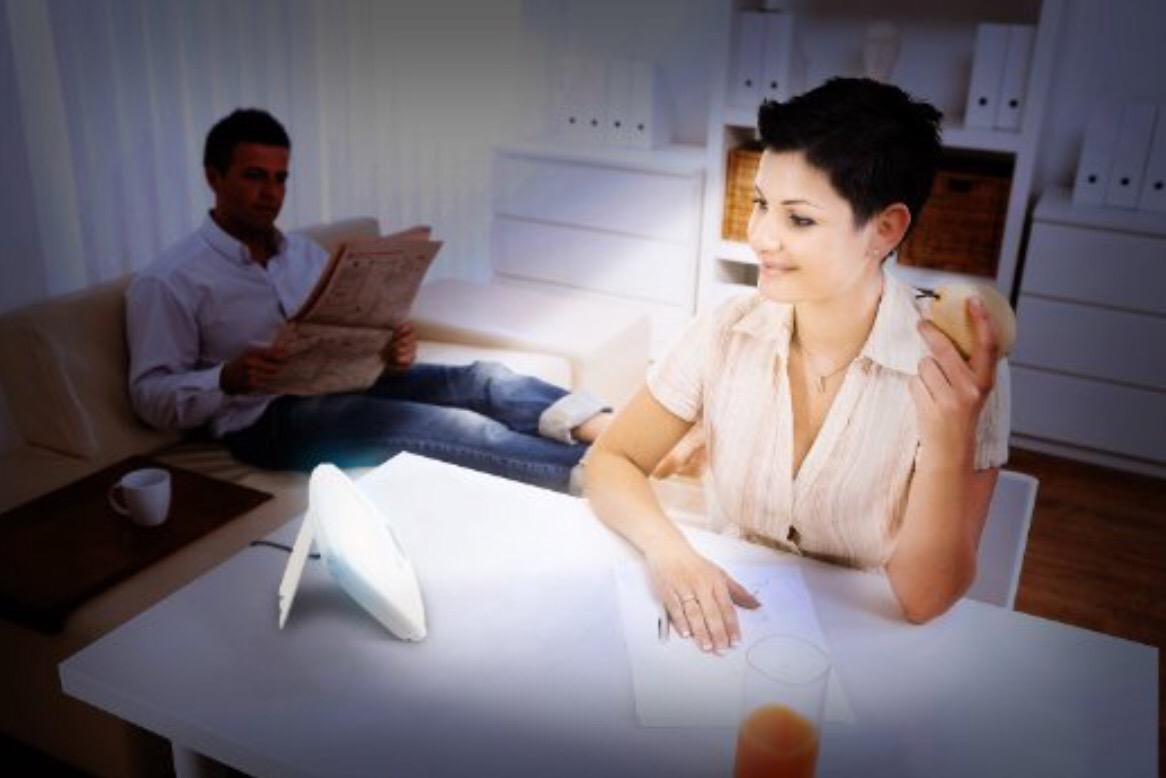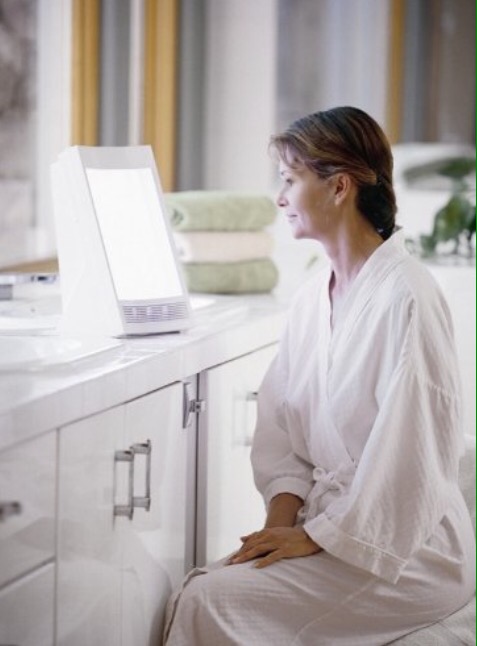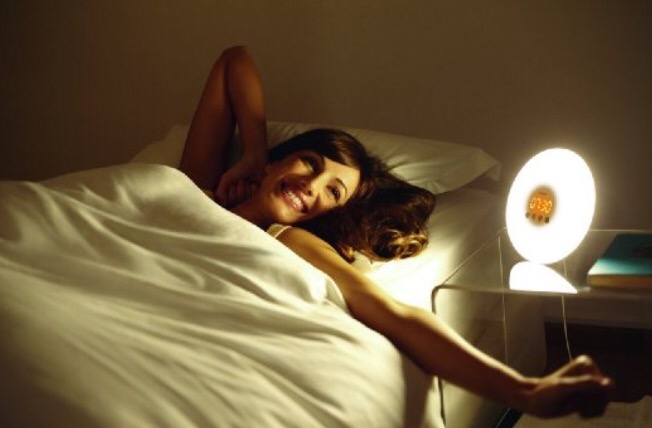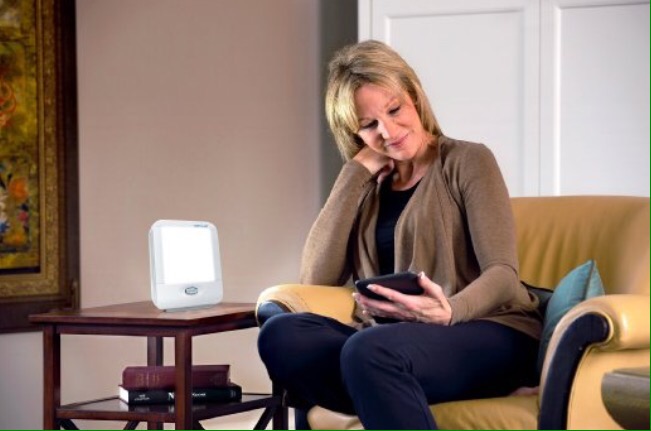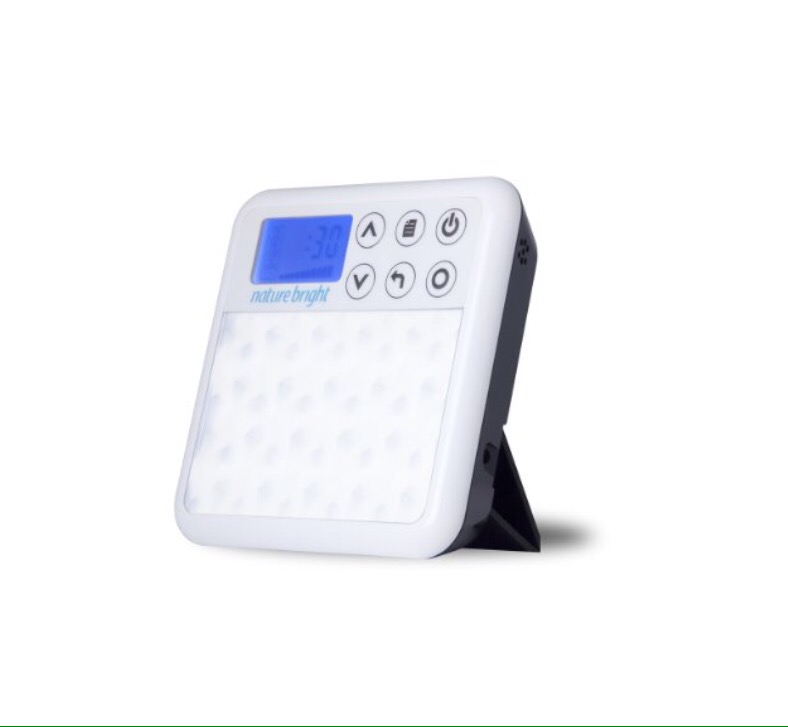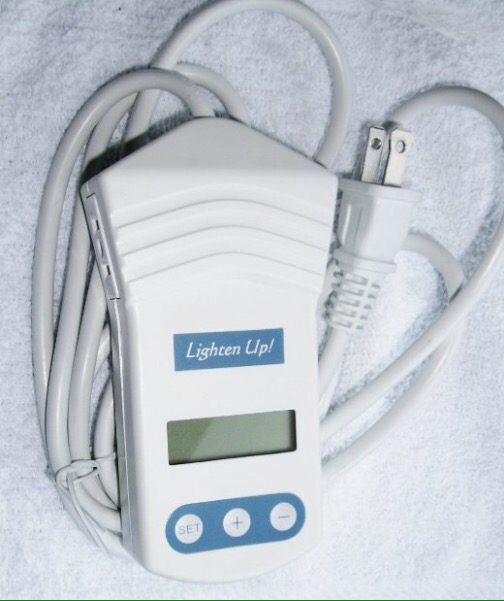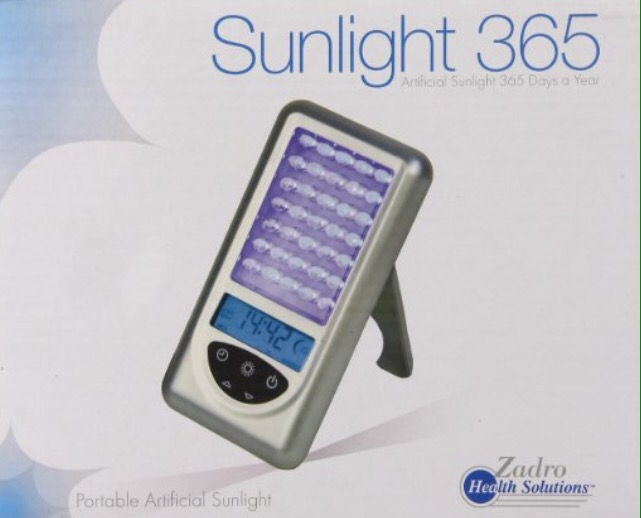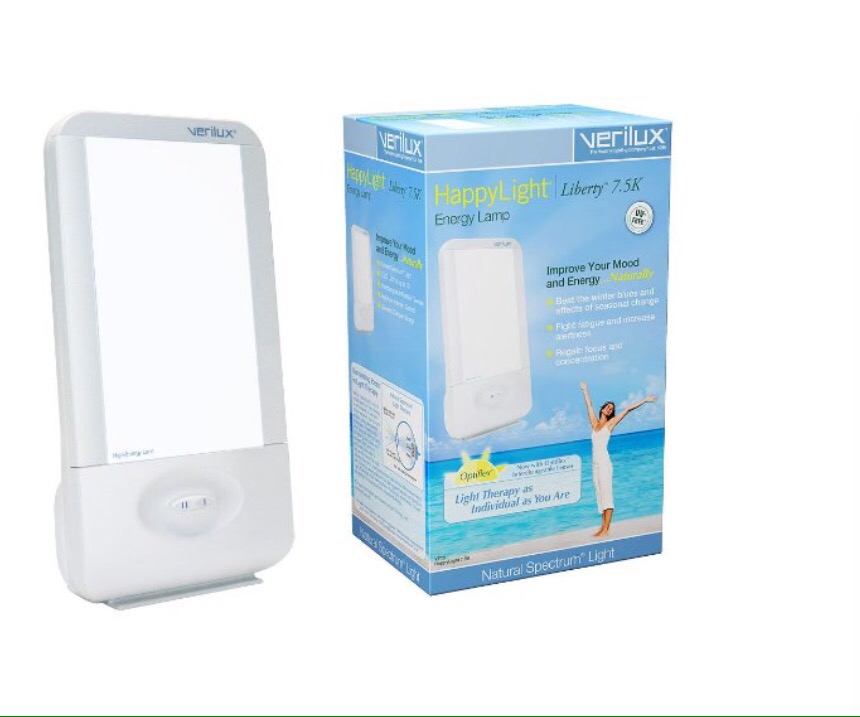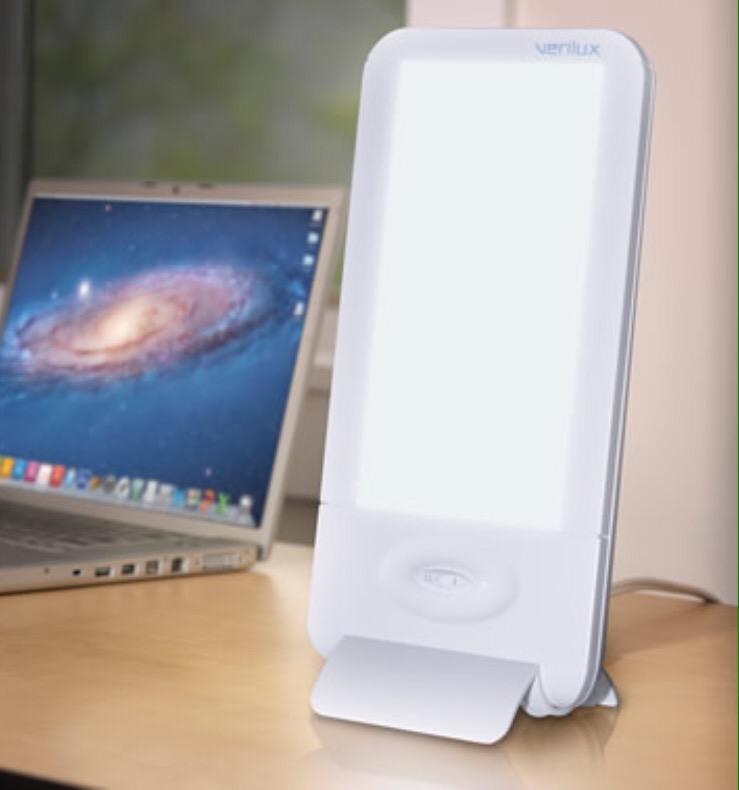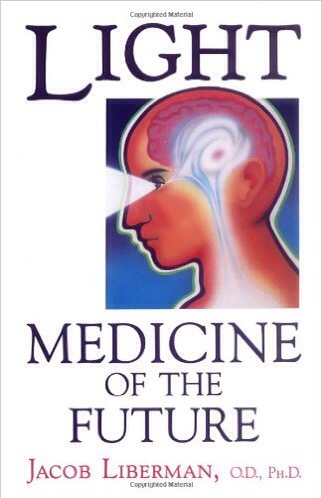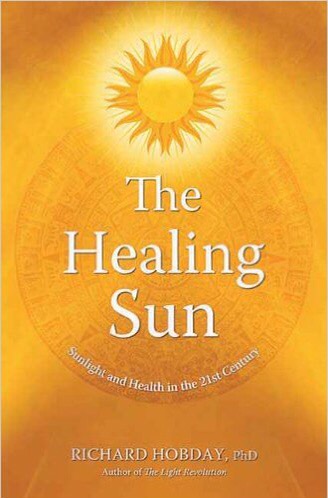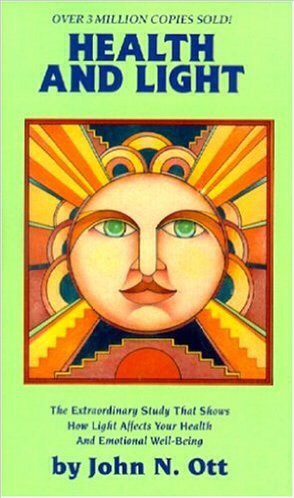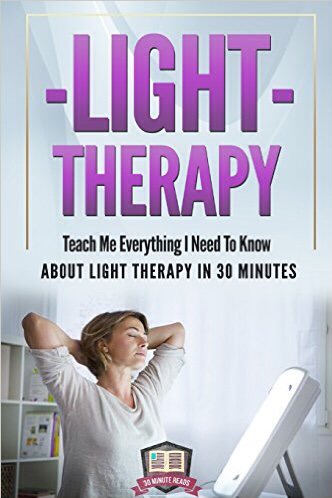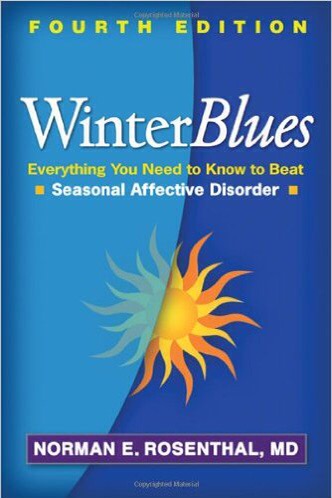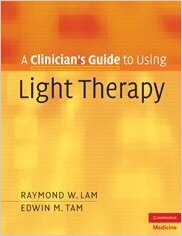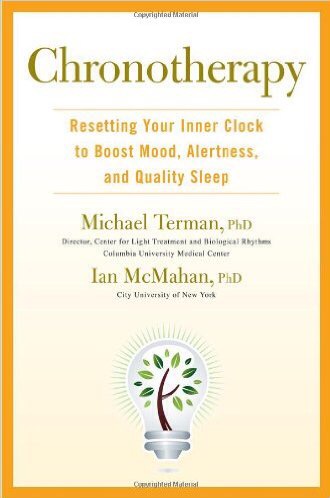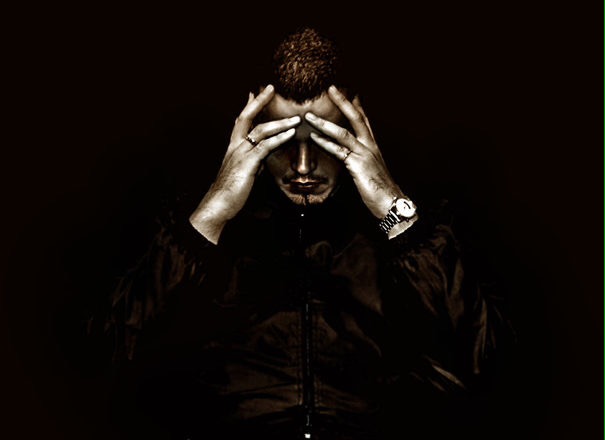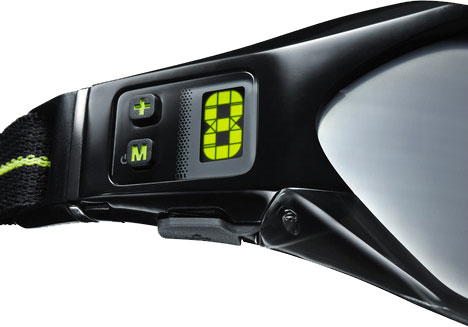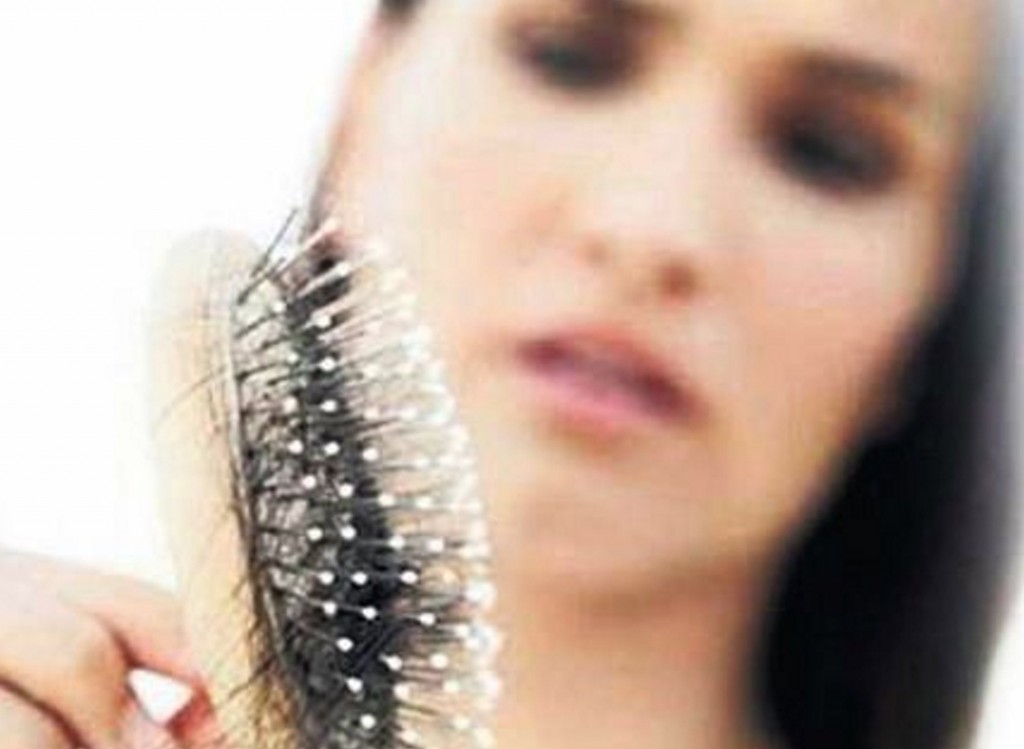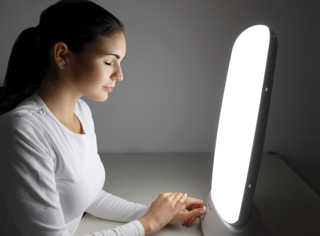What Is Blue Light Therapy?
Light Therapy is the process of using sunlight or a form of light that is meant to mimic the benefits of sunlight in order to treat a wide array of conditions. Blue Light Therapy, specifically, is known to treat conditions such as acne, skin cancer, seasonal depression, difficulty with seasonal changes, and a long list of skin conditions. Although Blue Light Therapy has proven effective for all of these conditions, it is most commonly known and used for treating acne.
What Is Acne?
Acne can show up in all different forms and sadly, it can show up all over your body. It is the most common skin condition in the world, affecting more than 50 million Americans. 94% of females struggle with acne. That’s a pretty high percentage, huh?! Acne is caused by hair follicles plugging with oil and dead skin cells. The not to pleasant result appears in the form of pimples, blackheads, bumps, white heads, and other blemishes.
The truth is…no one wants acne. Everyone has to deal with it throughout their life. Some people are lucky, it only shows up during puberty. While others struggle their whole lives. And some people, no matter how healthy they eat, and no matter how often they wash their face, just can’t seem to say goodbye to the blemishes. This is where Blue Light Therapy comes into play.
Blue Light Therapy For Acne…
Blue Light Therapy can be used to help treat acne no matter what age you are and no matter how the skin condition appears on your body. The treatment process has no known side affects. It is drug free, chemical free, non-invasive, and quite simple. Dermatologists are swearing by Blue Light Therapy, claiming that it can help rid of the blemishes we thought we could never get rid of. While treatments can be conducted in a doctor’s office, it can get quite expensive. At home devices are typically recommended because they are a one time cost and can be used every day at your own leisure.
How It Works…
Judith Hellman, M.D., a NYC based dermatologists who practices medical dermatology did a question and answer piece with SkinInc. She specializes in dermatological surgery, laser surgery, and anti-aging skin treatments. In Hellman’s answers for the website, she explains how Blue Light Therapy works and what it’s effects are. Hellman explains,
“Blue light kills the acne-causing bacteria known as Propionibacterium acnes, (P. acnes), which can cause inflammation. P. acnes is sensitive to blue light. Using the blue light eliminates the bacteria found in the oil glands in the skin. The added presence of infrared light (heat) in the home device causes the oil glands to shrink in size. The result is less oil in the skin and less bacteria, leading to the resolution of acne in the treated areas.
Eliminating the bacteria from the skin with help from blue light decreases the inflammation associated with red pimples (papules) seen in acne. After a number of treatments, the blemishes disappear and skin regains its normal appearance.” (SkinInc.com)
If Blue Light Therapy treatments are being conducted at home, they are typically performed one to two times each day. Depending on the skin, times will vary. But the treatment will not be more than an hour long, making it so easy to fit into your daily routine. There are a few different forms of Blue Light Therapy so it is important to do your research to decide what device is going to work best for you. Handheld devices are typically simple and portable while lamps and panels take up a bit more space. There are pros and cons to all options so speaking to your Dermatologist and thinking about your routine is important
Important Words…
“My clients have experienced a very significant decrease in the number of acne lesions, both pimples and cysts, with the home device. Not only have they achieved better skin, but there has been a huge improvement in their self-confidence. Since most sufferers are young, the success of the treatment and reduction of their acne also helped their social life and interactions with others, both in a personal and a professional setting. I consider this a very big treatment success beyond just improving the condition itself.”
-Judith Hellman, M.D.
Are You Sold?
ReVive Clinical 40 Acne Light Therapy System
Boscovs.com
This handheld device is perfect for practicing at home Blue Light Therapy treatments. The ReVive Clinical 40 Acne Light Therapy System is hand held, portable, and easy to use. Not only is the head detachable so that it can be swapped with other ReVive Light Therapy products, but the head contains 60 415 nanometer LEDs. The LEDs are powerful enough to kill the bacteria in your pores that is causing acne. Thank goodness!
The kit also includes a travel bag and goggles to keep your eyes safe. For just under $100, and being small enough to pack away, this Blue Light Therapy device is perfect for dealing with acne.
Are you sold? I think you’re sold. Blue Light Therapy is sure to surprise you.
